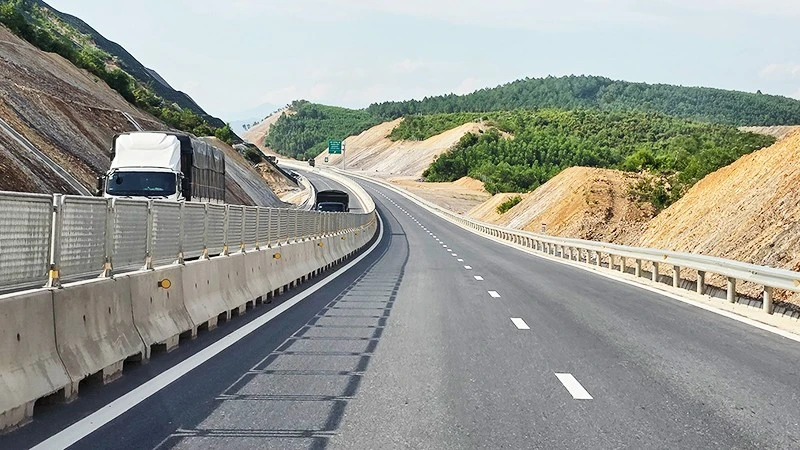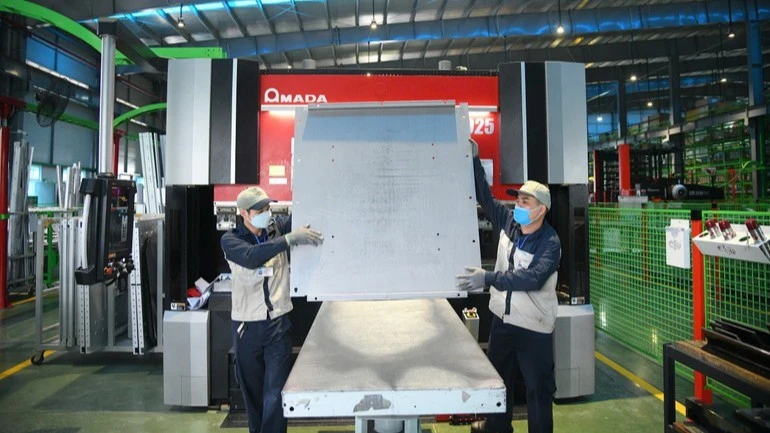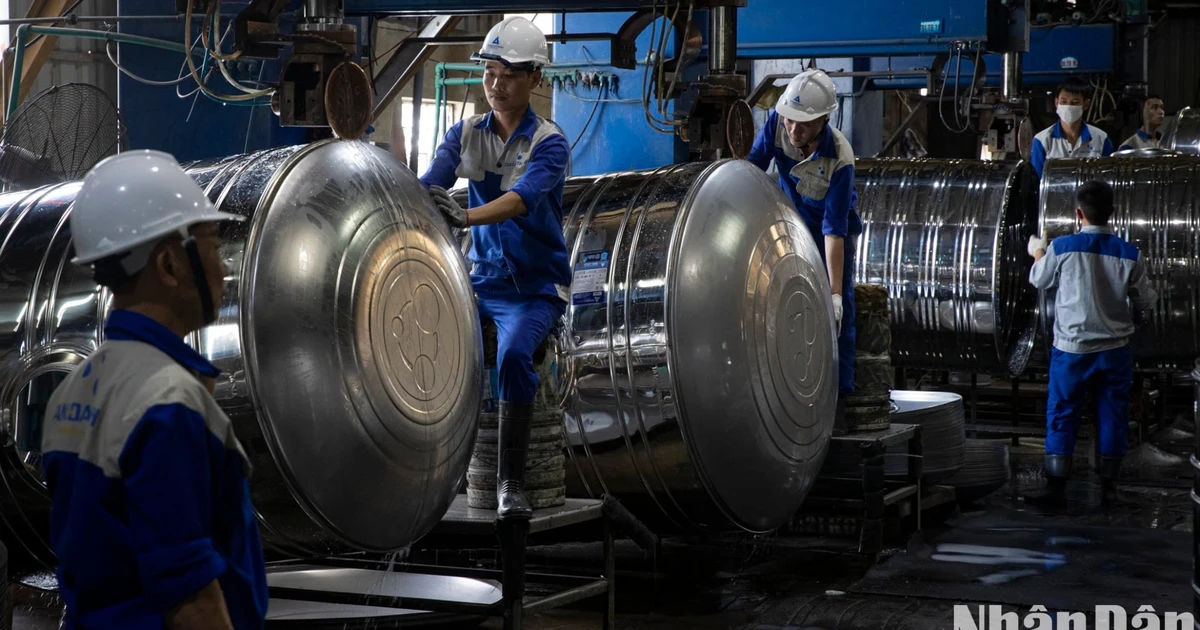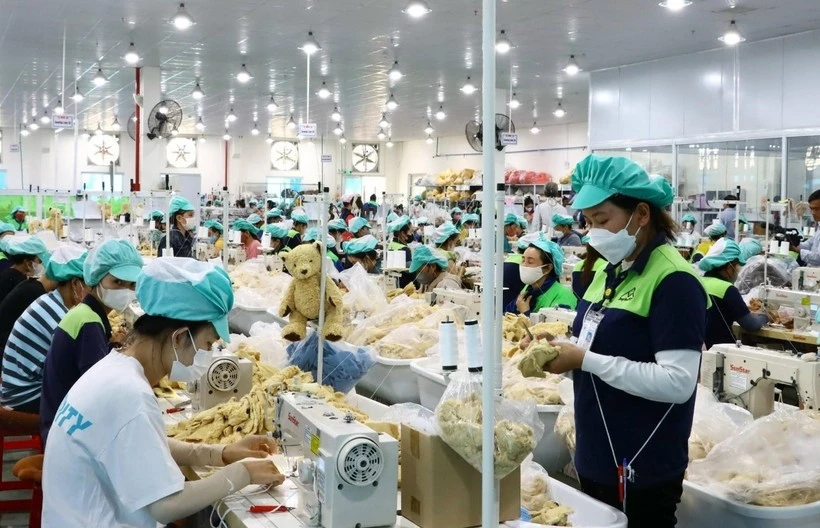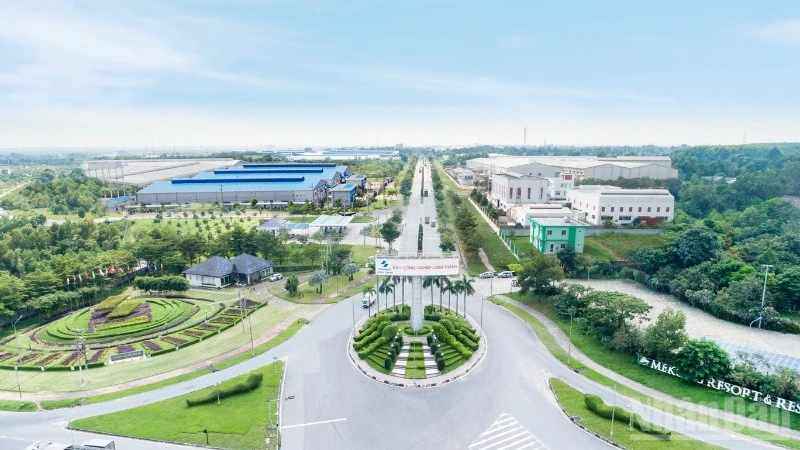With 55 floors above ground, a total floor area of more than 106,000 square metres and a capacity of over 10,000 experts working daily, Saigon Marina IFC is not only a high-rise building, but also represents a modern urban development mindset, integrating public transport, financial space and high-end services — key elements to attract international financial institutions, technology companies and logistics businesses.
However, to help Saigon Marina IFC truly become the foundation of an international financial centre, apart from infrastructure, it needs additional conditions. First and foremost is institutional reform. Resolution No. 222/2025/QH15 passed by National Assembly on June 27, 2025, opened a flexible legal corridor, allowing the piloting of many preferential mechanisms: flexible use of foreign currencies, competitive taxation, cross-border capital mobilisation. This is an important progress to create comparative advantages in the region.
With its integrated work-and-live space model, Saigon Marina IFC has the potential to become a place that gathers fintech companies, digital banks, technology start-ups, and investment funds. If the ecosystem develops in the right direction, it will be a foundation for the digital economy, while enabling the city to deepen participation in global value chains in areas such as blockchain, artificial intelligence (AI) and digital assets. At present, the greatest challenge is human resources. Ho Chi Minh City faces a shortage of experts in key areas such as international finance, risk management, fintech, and data analysis. Therefore, the city must accelerate efforts to attract high-quality human resources.
Economic experts believe that, to attract such experts, the city needs preferential mechanisms such as: income tax exemptions and reductions, housing support, and favourable residency policies for overseas Vietnamese and foreign experts. A “one-door” mechanism for financial services also needs to be implemented soon to reduce administrative procedures and enhance efficiency for investors.
Besides internal resources, expanding international connectivity is also crucial. An international financial centre can only be truly sustainable when it is within the global financial network. Ho Chi Minh City must proactively cooperate strategically with major financial centres around the world to learn from governance and technological models, promote regional linkages, and expand financial space to create a belt of supporting services.
With an economy accounting for 24% of national GDP and a population of nearly 14 million, Ho Chi Minh City has the potential to rise as an international financial centre if it has the right strategy. However, to turn it into reality, the city must strengthen institutions and make strong investments in digital infrastructure for the financial sector, such as a 24/7 interbank payment system, customer data centres, and one-door trading platforms. The city needs to build a special financial zone in Thu Thiem with international-standard office towers, convention centres, and modern telecommunications networks to attract the headquarters of major banks and investment funds.
A “financial satellite” model could also be deployed in key areas of former Binh Duong or Ba Ria-Vung Tau Provinces, providing financial services for industry and energy sectors, thereby easing pressure on the city centre.
In terms of strategic orientation, Ho Chi Minh City could select spearhead financial services sectors to create a unique identity. It could propose to establish a free financial zone in Thu Thiem, where international financial transactions would benefit from substantial tax exemptions or reductions, free money transfers, and streamlined financial customs procedures. This would become a “magnet” to attract global financial institutions.
Saigon Marina IFC has become a symbol of development. However, to turn the symbol into a true driving force for the national financial sector, Ho Chi Minh City needs a long-term, comprehensive and consistent strategy covering institutional reform, infrastructure investment, human resource development, and global linkage expansion. If the city is on the right track, it can indeed build a dynamic, innovative and sustainable international financial centre.





